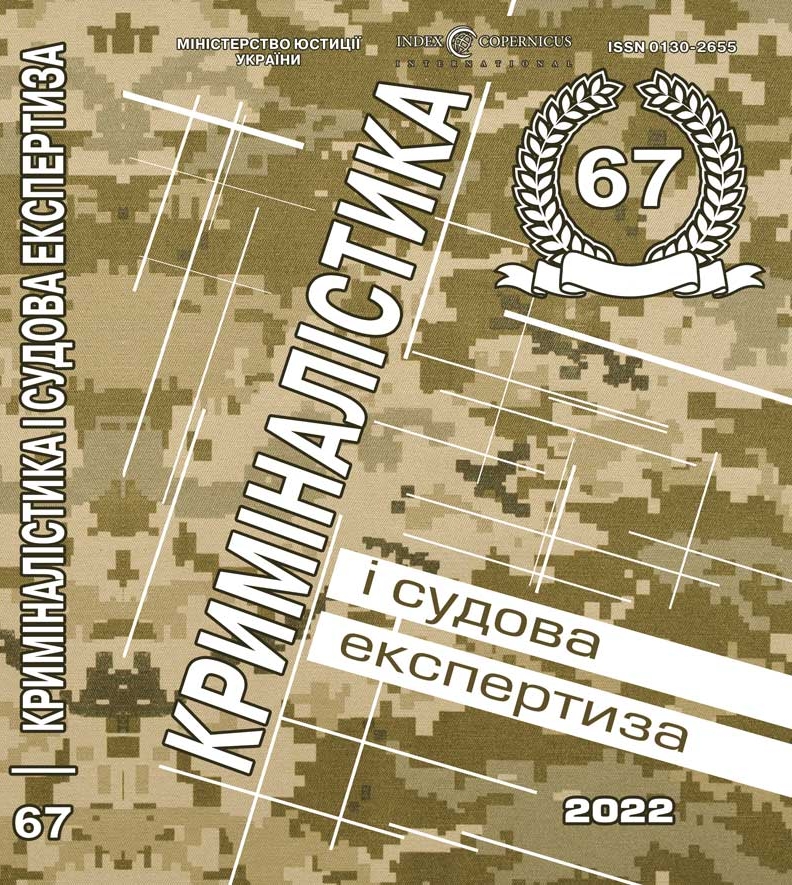
DOI: https://doi.org/10.33994/kndise.2022.67.19
О. Samoilenko, Yu. Cherdyntsev
Based on the analysis of the nature of electronic (digital) documents, the article defines the theoretical and practical aspects of recognizing digital documents as a source of evidence in criminal proceedings.
It is noted that the carriers of electronic documents can be documents or documents-tangible evidence in terms of procedural significance. I state that the issue of the unity of the content of an electronic document and its form (carrier) is important from the standpoint of the admissibility of an electronic document as evidence. The primary material carrier and the factual data that are of interest to the process of proof must form an inseparable unity, provided that such a carrier, by its procedural nature, is a material evidence document.
And such a unity of content and form is not necessary, provided that the carrier of computer data is a document by its procedural nature. Separate recommendations are formulated aimed at ensuring the admissibility of an electronic (digital) document as evidence, in particular:
1) the admissibility of a document as a source of evidence will depend on the accuracy of compliance with the requirements for formalizing the results of an investigative (detective) action, in particular, regarding the description of the content of computer data, their packaging, typographical errors, signing of packaging material, etc.;
2) law enforcement officers must perform all their actions in compliance with the rules apply specifically to the circulation of electronic (digital) documents;
3) for a subject that performs actions to obtain (copy) computer data, it is mandatory to use an electronic signature. This will significantly simplify the decision about proof of the reliability and authorship of the electronic (digital) document.
Attention is also focused on the problem of recognition as a source of evidence of electronic documents containing a copy of unstable computer data from cyberspace. Even though the law declares equal conditions for the use of the original electronic (digital) document and its copy in the process of proving, the subject of proof should be as responsible as possible for their proper certification and apply measures aimed at ensuring that the original source is preserved unchanged.
Key words: proof, admissibility, electronic (digital) document, electronic media, computer data, factual data.










